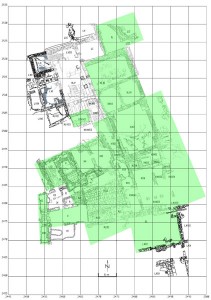Introduction Since 1995 excavations have been carried out in the large late antique urban mansion of Sagalassos. This luxurious residence, which was built by a member of the high-society and is a valid candidate for the Episcopal palace of the town, is located in the eastern domestic quarter of the city. When this luxurious residence […]
Read full post »Archives for the ‘Large-scale Excavations’ Category
Upper Agora: 2010 Aims
Thursday, July 8, 2010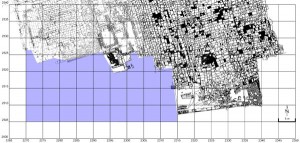
The Western Portico of the Upper Agora was already largely uncovered by the year 2000. However, at that time, a crane road was left in place over the southern end of the portico. During the campaign of 2009, we have begun to remove this now dysfunctional crane road, in order to complete the excavation of […]
Read full post »Roman Baths: 2010 Aims
Thursday, July 8, 2010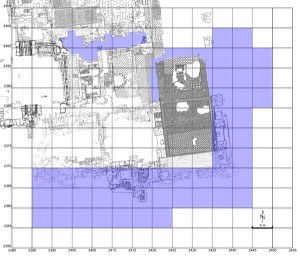
In 2009, remains of a first century AD bath building were identified within the much larger second century AD bathing complex of Sagalassos. The remains consisted of the original North outer wall, incorporated in the later service area, and traces of possibly two semi-circular niches forming the original South side of the first century building. […]
Read full post »North-South Colonnaded Street: 2010 Aims
Thursday, July 8, 2010
Excavations carried out since 2005 on the main North-South Colonnaded Street of Sagalassos have uncovered a ca. 90 m long stretch of pavement to the south of the Lower Agora. Though we are beginning to get a clearer idea of the complexity of actions in the area, many issues remain unsolved. Most of the already […]
Read full post »Macellum: 2010 Aims
Thursday, July 8, 2010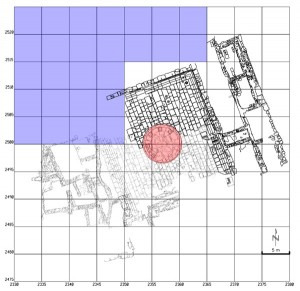
Introduction Located at the south-east edge of the Upper Agora, the Macellum (food market) of Sagalassos was erected in the late 2nd c. AD under the reign of the emperor Commodus, and was extensively rebuilt in the late 5th / early 6th c. AD. The archaeological excavations at the Macellum started in 2005. Aims The […]
Read full post »Tepe Duzen: 2010 Aims
Thursday, July 8, 2010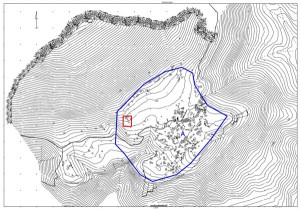
Introduction Tepe Duzen is – in the current stage of our knowledge – an area that was contemporarily inhabited with Sagalassos from the 5th to the 2nd century. It is located on a plateau at 1.8 km SW of the latter. The ceramics excavated during the campaigns of 2006, 2007 and 2008 have mainly been […]
Read full post »Tepe Düzen: Report 3
Wednesday, September 9, 2009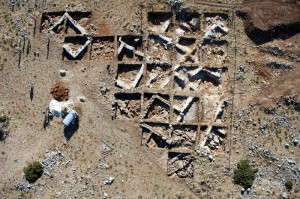
The excavations at Tepe Düzen were executed by two teams of 2 archaeologists and 3 workmen each. The TD1 team was lead by Merve Özkılıç (Mimar Sinan University, Istanbul) and Roel Van Beeumen (K.U.Leuven) and the TD2 team was lead by Kim Vyncke and Laura Verheyden (both K.U.Leuven). In total 3 sondages and 1 excavation […]
Read full post »The Macellum: Report 2
Tuesday, September 1, 2009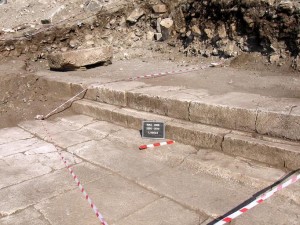
The second half of the excavation campaign at the Macellum yielded some significant results. The northern half of the ca. 20 m wide central courtyard has been uncovered: the limestone pavement, the gutter collecting the rainwater falling from the portico’s roof and the shallow, 0.50 m high staircase supporting the northern colonnade were all found […]
Read full post »Archaeometrical Study of Craft Activities
Friday, August 21, 2009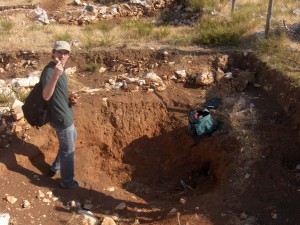
A wide range of mineral resources was exploited in the territory of Sagalassos, including ores, clays and natural building stones. Sagalassos is known as a large pottery producing centre, using several local clay resources, exporting its products all over the Roman Empire. Another craft activity was the melting and working of iron. Also, local limestone […]
Read full post »Tepe Düzen: Report 2
Monday, August 3, 2009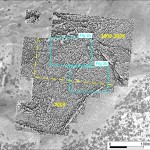
Priority of geophysical survey at Tepe Düzen in 2009 field campaign was extension of previously magnetically surveyed areas towards the south fortifications. In total an area of 4 ha was surveyed by magnetic method. Architectural remains of presumably Classical/Hellenistic period made of non-magnetic limestone blocks close to the surface and strongly magnetic top soil (in […]
Read full post »
